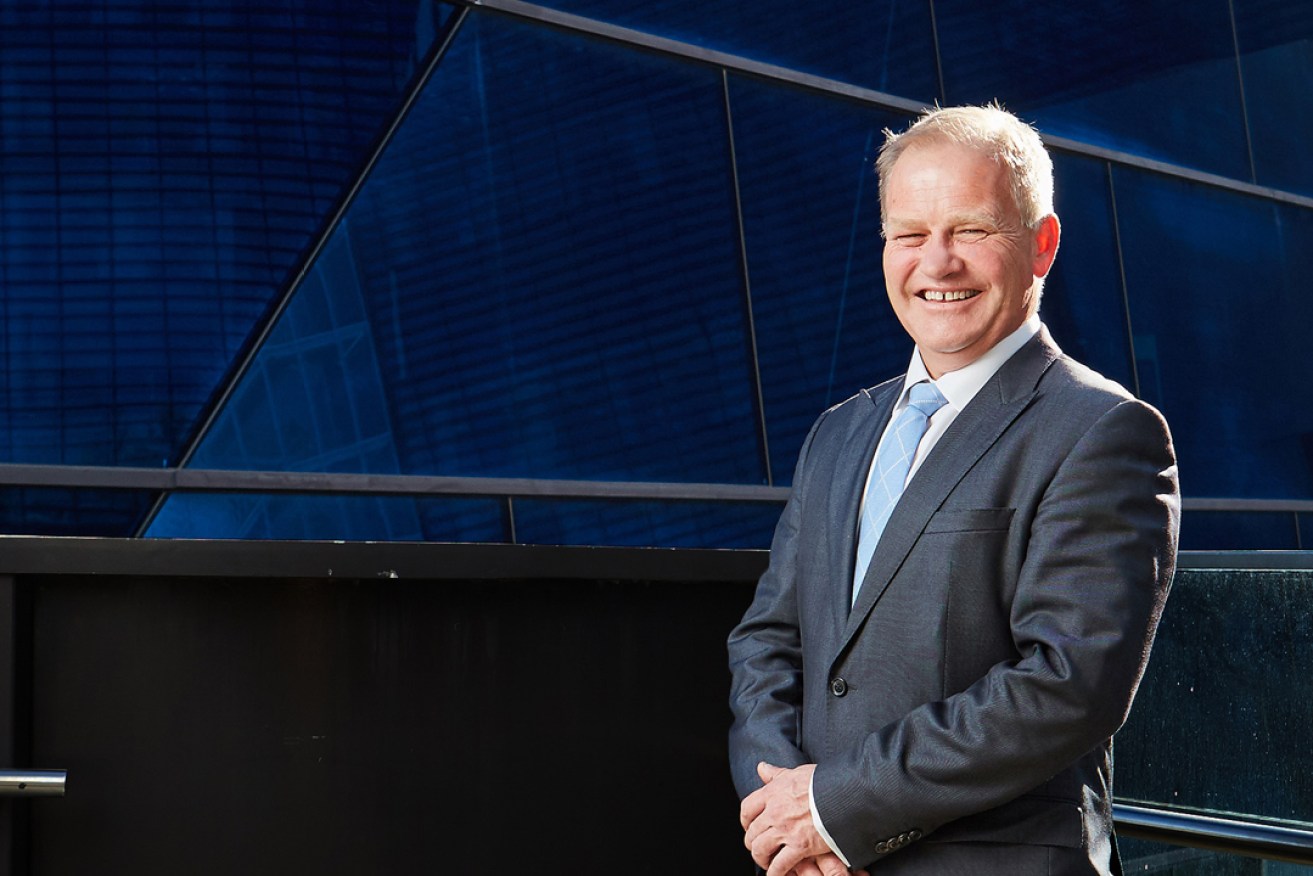
Enterprising Leadership: Skills for the future
Creativity, innovation and agility are now the common lexicon for business survival and growth, but what does this mean for business leaders?

Peter Stevens, Executive Director: MBA & Executive Education, UniSA
Newly appointed Executive Director, MBA and Executive Education for UniSA Business School, Peter Stevens, has come from the global corporation, Hewlett Packard Enterprise, where he was responsible for a globally-matrixed team of thousands of staff, using his creative leadership skills to meet ever-increasing service targets.
“When people think of creativity, they typically think of artistic pursuits, but creativity extends far beyond this. Business needs creativity to solve problems and remain agile enough to stay in the race. It’s all about innovative thought—new strategies, new perspectives and new ideas.
“As an individual entrepreneur, getting creative is somewhat easier to manage. But in an organisation, it’s more complex as you have to allow the teams, and the individuals, enough space to create.
“The challenge is that freedom and space go against many of the principles that have worked for industry for so long. And for business, looking at creativity in this way can be confronting.”

Pictured: UniSA’s newly developed Yungondi Building and Executive Education Suite, a vibrant hub for Business School students, alumni, industry partners and the wider business community.
The changing nature of competition means that businesses are faced with the challenge of weaving creativity into their culture, without losing the foundations on which they were built. According to Stevens, given the different skills involved, one approach is to separate idea generation from commercialisation.
“Idea generation needs maximum creativity and freedom. It’s the five-year-old in the room. But for it to be relevant, it needs to respect the core values of the organisation. So you might say it also needs its parents in the room,” says Stevens.
“Idea commercialisation is where the adults in the room figure out how the business can use the idea to derive value and benefit its ultimate aims. Here, the parameters close in tighter; there will always be the commercial realities of business.
“As a leader, your team needs to know that you’ve got their back and to feel secure enough to put forward an idea without being judged harshly.”

Pictured: UniSA MBA students undertaking the Australian Institute of Company Directors Course, embedded within the MBA curriculum.
PETER’S TOP TIPS FOR CREATIVE LEADERSHIP
- Walk the talk: put yourself out there and back your team every step of the way. Be prepared to challenge them and encourage them to challenge you.
- Maintain momentum: fail or succeed fast, gather information, make decisions and move forward. Once a decision is made, everyone needs to line up behind it.
- Have fun: encourage staff to bring their whole personality to work and let the hidden talents of your team surface.
Creative leaders are decisive, with an intuitive understanding of the freedom-control spectrum. They are prepared to make the wrong decision in preference to making none at all. Their clarity of purpose, and experience with the parameters of business success, help them build confidence.
In some ways, creativity is the elephant in the boardroom: we admire it, but do we really trust something we can’t measure? Maybe, if we call it ‘confidence combined with experience’, everyone can relax enough to embrace it.
CREATIVE LEADERSHIP IN ACTION
Innovation in leadership will have a profound impact on businesses in the face of disruptive change and transformation of industries in the coming years. The pursuit of lifelong learning remains more relevant than ever.
Quality higher learning programs such as UniSA’s Master of Business Administration (MBA) can provide tomorrow’s leaders with the knowledge, networks and creativity needed to drive change and to grow – both at an organisational level, as well as at an individual one.
Stevens’ appointment as Executive Director: MBA and Executive Education affirms UniSA’s commitment to bringing industry experience and innovative leadership to their flagship MBA program.
To find out more about the UniSA MBA visit unisa.edu.au/mba
This article has been adapted from issue 11 of unisabusiness magazine.




